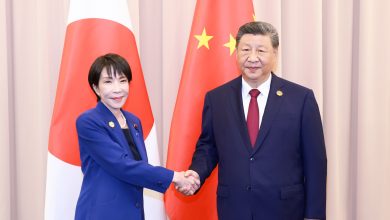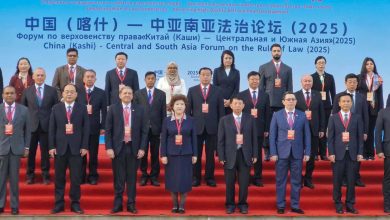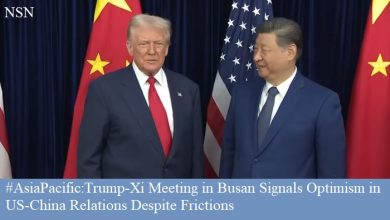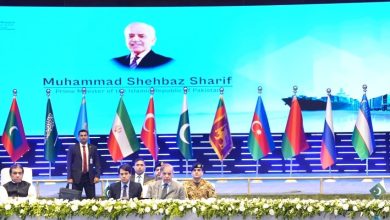Pakistan Fashion Show in China Lures Chinese Customers
Pakistan fashion brands present stunning clothing out-fits to lure Chinese customers
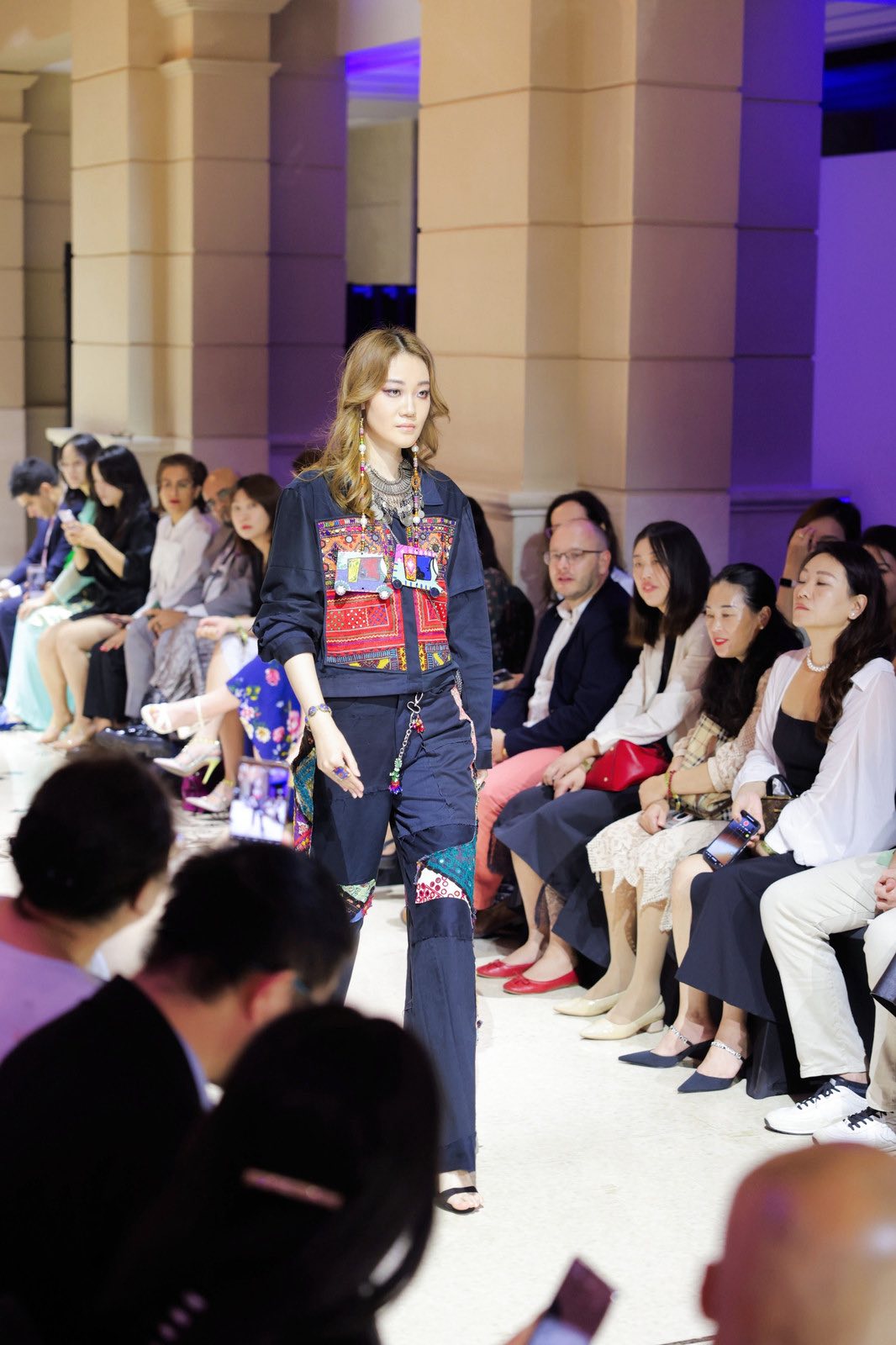
-
Pakistan Fashion Show in China Lures Chinese Customers at Silk Road Elegance Fashion Show
-
Pakistan fashion brands present stunning clothing out-fits to lure Chinese customers
-
Chinese apparel market is projected to reach US$342.7 billion in 2025
-
Pakistani textile brands need Value Addition, understand Chinese customers’ aesthetic, priorities
- By Muhammad Arif, Editor NSN.Asia
Beijing: “Silk Road Elegance, Two Nations, One Runway”, a fashion show was held in Beijing, the capital city of China, which presented first leg of the two-city Pakistan Fashion Show in China to lure the customers of Chinese market.

Chinese models wearing Pakistani designer dresses mesmerized the participants of the event. The clothes of the fashion show were particularly designed for fusion between the Pakistani and Chinese market.
After Beijing, the Great Wall dazzled with second leg of the maiden fashion show which as was attended by senior Chinese officials, members of the Diplomatic Corps, media, businessmen and members of Pakistani community. Thousands of people visiting the Great Wall also witnessed it from different points of the Wall.
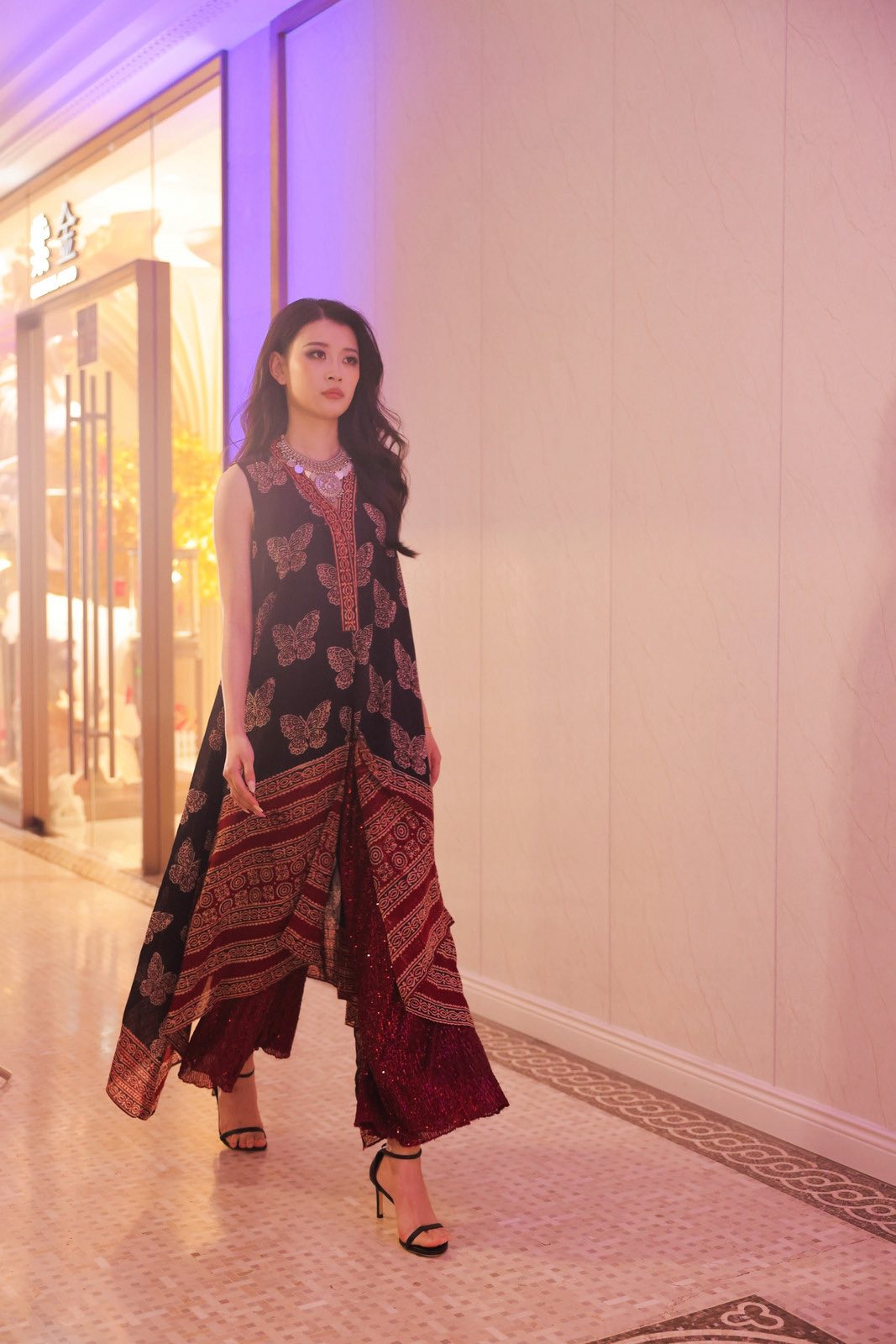
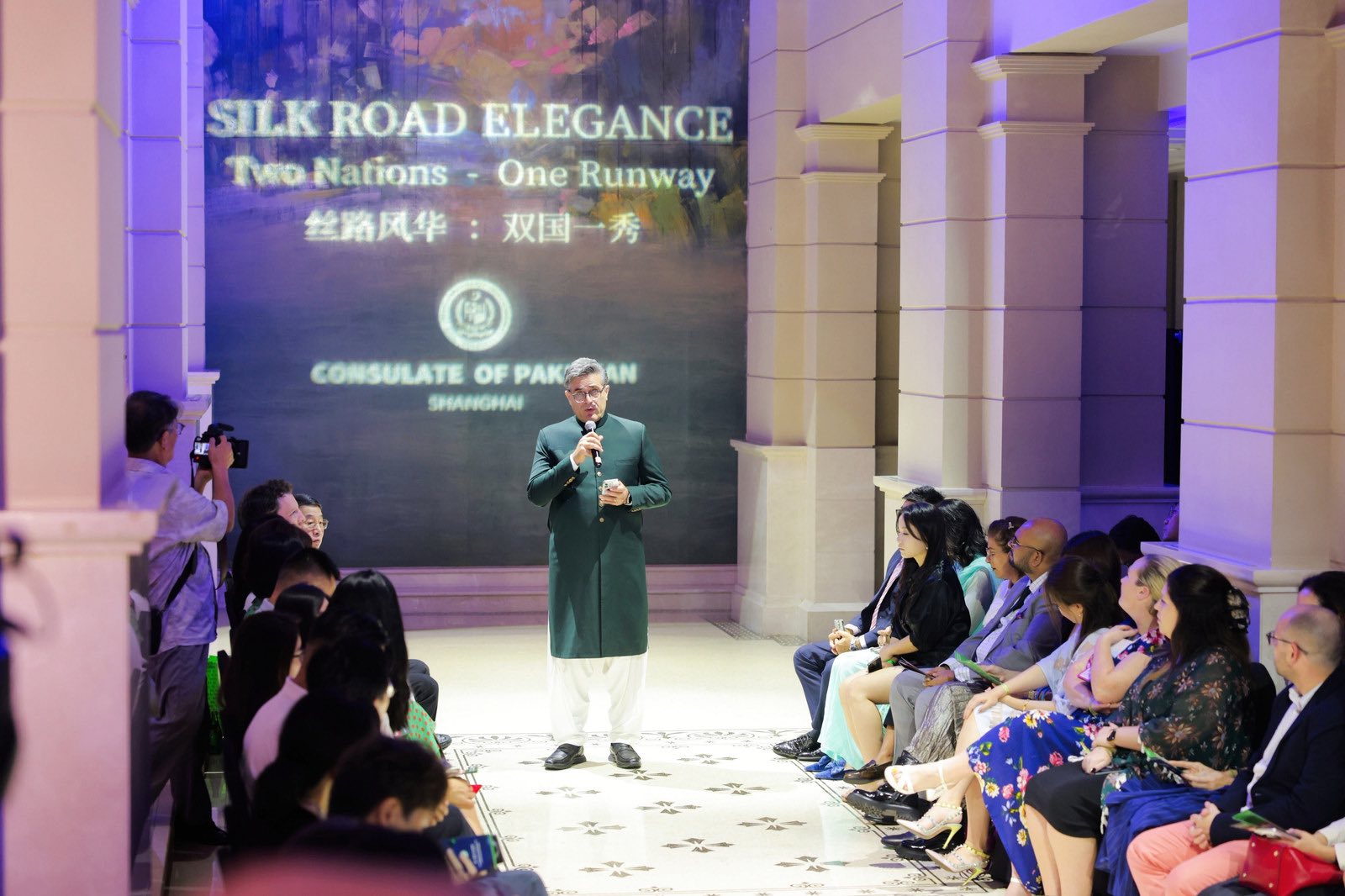
- Chinese apparel market is projected to reach US$342.7 billion in 2025
The Chinese apparel market is projected to generate roughly US$342.7 billion in 2025. A report estimates the broader Chinese “fashion consumption” market will reach 2-3 trillion yuan (~US$279 billion) in 2025, according to China Daily
Fashion consumption in China is increasingly moving from purely material purchases (clothes) to experience-led, culture-driven consumption: the report states life-experiences + apparel/accessories account for nearly 80 % of the fashion consumption market.
Digital / e-commerce & new tech are playing a big role: live-streaming sales, virtual try-on, “metaverse” and interactive shopping experiences are growing fast.
- Pakistani apparel exports to China
Pakistani apparel exports to China have shown growth, for example, in 2023 exports of men’s and women’s garments from Pakistan to China hit ~US$39.12 million, marking a rise.
In early 2024, Pakistan’s apparel exports to China grew ~5 % in first seven months, with men’s apparel at US$13.10 million, women’s apparel US$4.93 million.
These figures show Pakistani garments are gaining recognition in China for quality and competitive pricing.
- Value Addition of Pakistani textile brands
Pakistani textile value-chain is well established; competitive pricing and good quality can position brands well.
Niche and differentiation: Pakistani fashion brands can emphasise unique designs, craftsmanship, fabrics (e.g., cotton, Sindhi/embroidered) which may appeal to Chinese consumers seeking novelty or “global” aesthetic.
Untapped segments: Since many domestic Chinese players dominate, foreign brands that bring something different (e.g., ethnic embellishment, regional fabric story) may find niche opportunities.
Since women’s segment is large and growing, Pakistani women’s wear brands may hit high-volume potential.
- Use digital platforms to engage Chinese consumers
Chinese consumers are heavily online; partnering with Chinese e-commerce platforms, using livestreaming, social commerce etc — Pakistani brands could enter via digital channels rather than only brick-and-mortar.
Sustainability / craft authenticity: Since Chinese consumers are gradually more aware of sustainable and ethically-produced fashion (see one source). Pakistani brands that highlight ethical production, artisan work might gain favour.
Diversification of markets: For Pakistani fashion exporters, China offers diversification beyond traditional markets (US, Europe etc).
Potential for scale: Given the size of China’s market, even capturing a small share could mean meaningful business.
Partnership opportunities: Trades fairs, textile events, bilateral trade initiatives between Pakistan and China may open doors (for example Pakistan organising a Textile Fair expected to attract Chinese investors).
- Pakistan Today: Important Considerations / Risks
Competition is fierce in Chinese market: With domestic Chinese brands holding most of the market, foreign brands (including Pakistani) will need strong differentiation. Also, understanding Chinese consumer preferences (taste, sizing, branding, digital behaviour) will be key.
Digital & logistics readiness: If Pakistani brands want to go via e-commerce, need to partner with local platforms, manage supply chain, compliance. Mere export of goods is not enough; building brand awareness, storytelling will matter in China. Macro-economic slowdowns, shifting consumer sentiment in China could impact demand.
To conclude, I say that China’s fashion market remains among the largest in the world, with apparel alone expected to generate ~US$340 billion in 2025, and broader fashion consumption reaching 2-3 trillion yuan. For Pakistani fashion brands, this presents a valuable opportunity: Pakistani garment exports to China are already rising, thanks to competitive pricing and quality. By capitalising on niche differentiation (artisan textiles, ethnic design), digital commerce channels, and targeting women’s fashion segments, Pakistani brands can tap into this market. However, success will depend on strong brand strategy, localisation, and navigating a competitive environment dominated by domestic Chinese brands.


